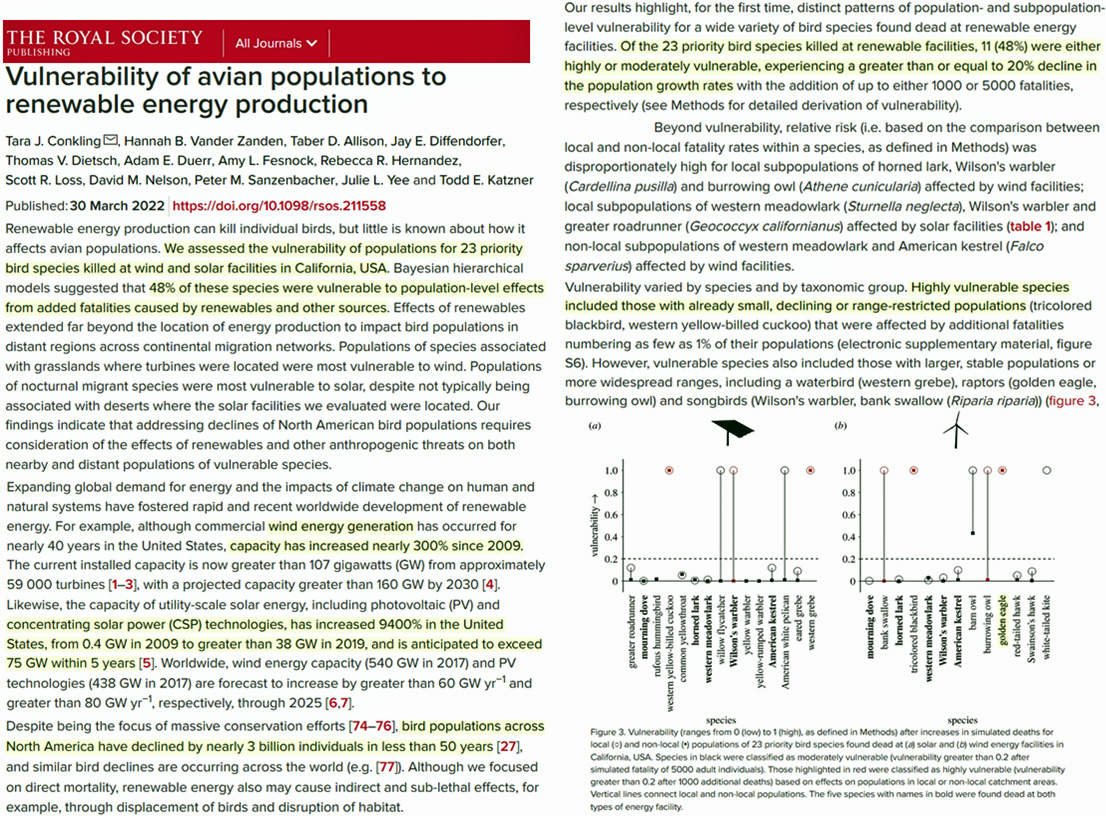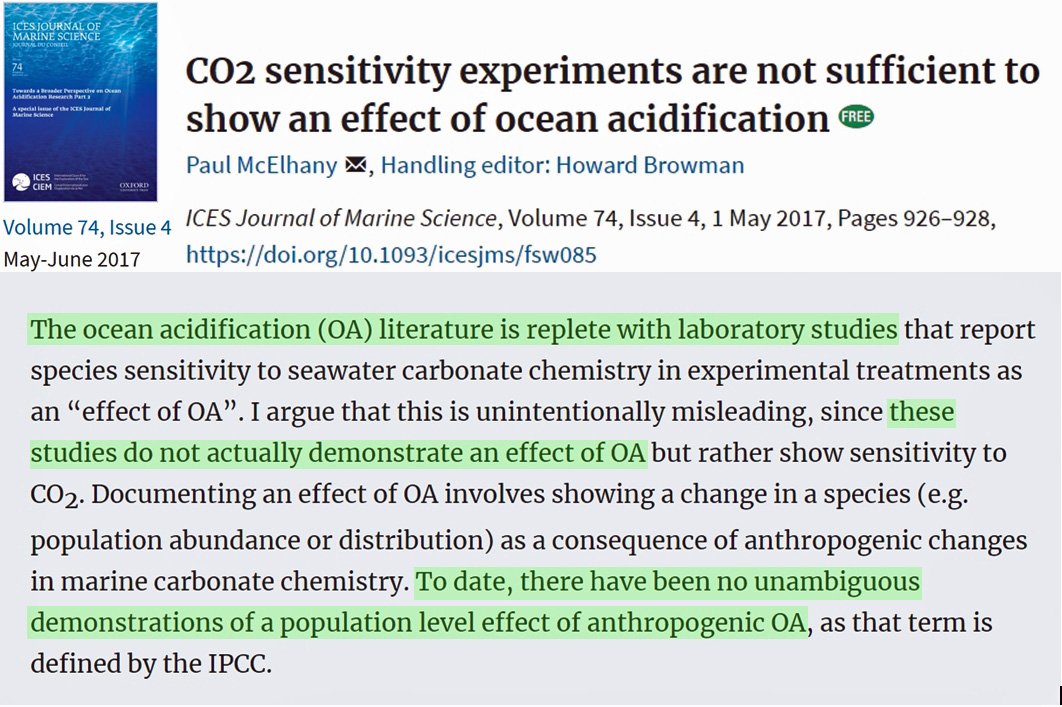Of California’s 23 vulnerable bird species studied (barn owls, golden eagles, road runners, yellow-billed cuckoos…), scientists have found 11 are now experiencing at least a 20% decline in their population growth rates because wind turbines and solar panels are killing them and/or destroying their limited-range habitat.
California’s mild-winter Mediterranean climate is home to some of Earth’s rarest bird ecosystems.
But California is also where some of the most ardent supporters of “green” energy policies reside.
Disproportionately due to California’s activist-level insistence on converting their energy infrastructure from fossil-fuel-based to renewables-based, the US as a whole has facilitated a 300% to 9,400% increase in wind and solar energy generation, respectively, from 2009 to 2019. Nation-wide, the solar power industry alone is poised to detonate from a 0.4 GW energy capacity in 2009 to 75 GW by 2025.
Too few proponents of explosive wind and solar energy expansion are focused on the effect this unprecedented change has had on local ecosystems – especially vulnerable wildlife populations.
To have a “population-level effect” on a vulnerable bird species, the authors of a new study have clarified that fatalities generated by wind and solar energy in California must induce a “greater than or equal to 20% decline in the population growth rates” for the 23 prioritized bird species they analyzed.
A deeply concerning 48% (11) of these species are already experiencing population-level effects on their growth rates due to wind turbine and solar panel killings.
Image Source: Conkling et al., 2022
To put this into perspective, marine biologists report that to date (2017) there have been no unambiguous demonstrations of any population-level effects that “anthropogenic ocean acidification” has had on the population abundance or distribution of any laboratory-studied marine species.



